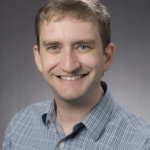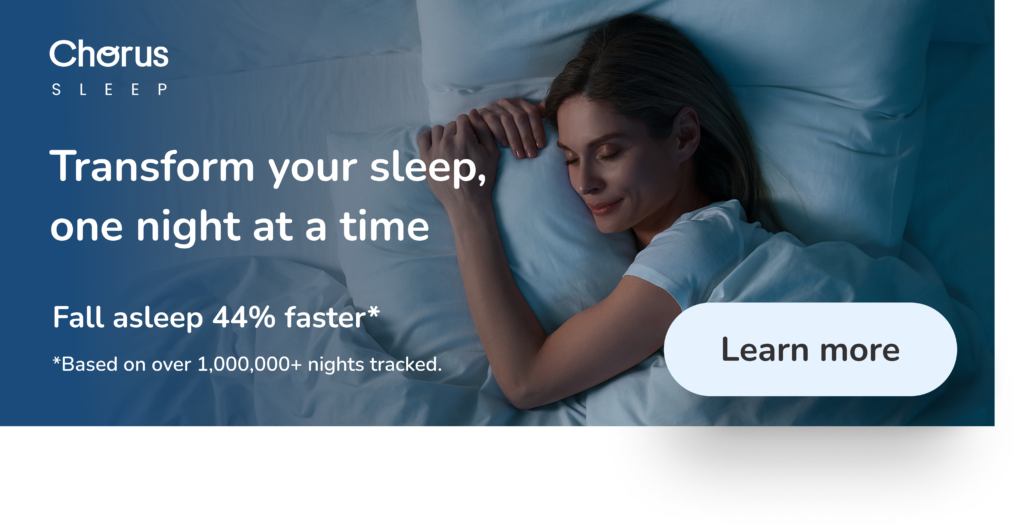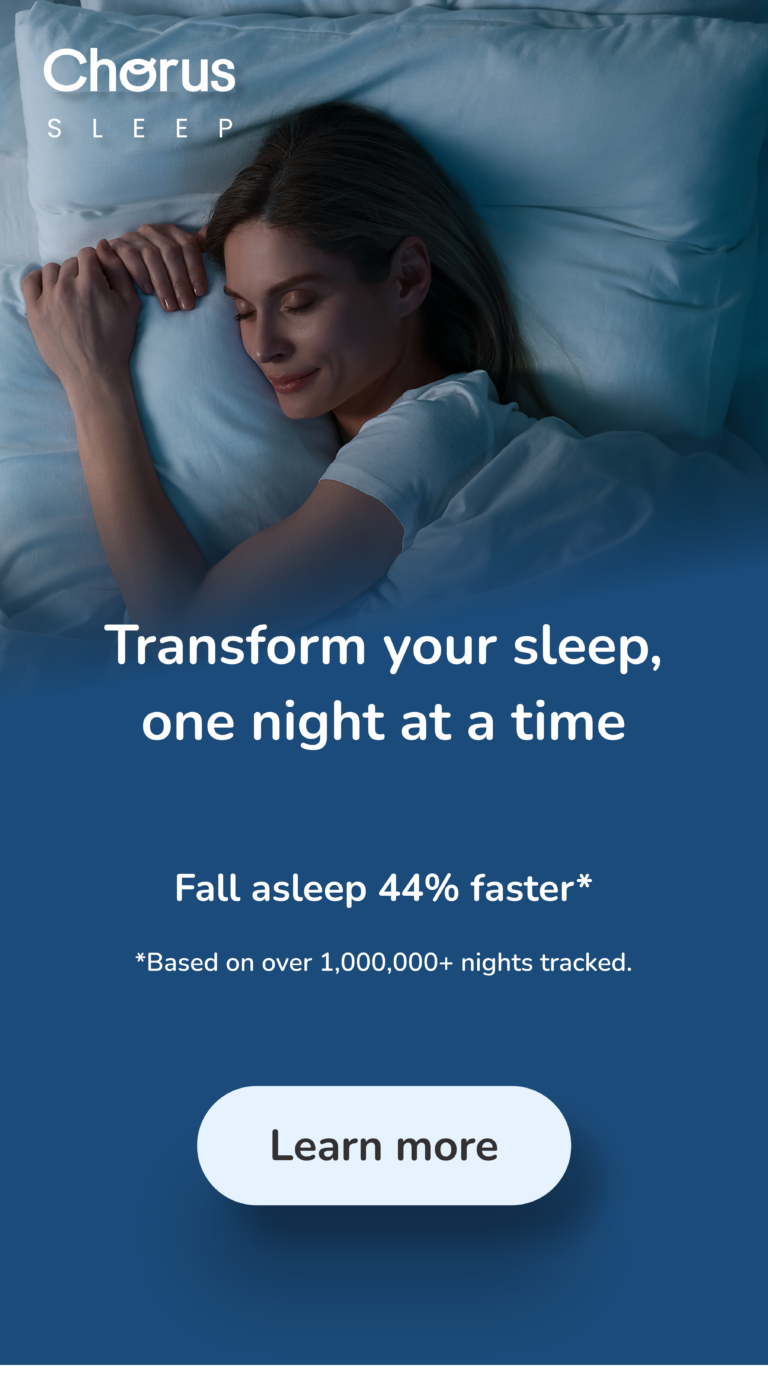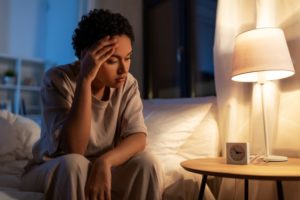Circadian Rhythm Sleep Disorders: Types and Treatments
An introduction to the distinct conditions that involve disruptive changes to your internal clock and sleep timing
If you’ve ever struggled to fall asleep or wake up at the times you’d like, you may have been dealing with a misaligned circadian rhythm. This rhythm influences when a person feels tired and wants to sleep.
A normal circadian rhythm can be thrown off by outside factors, like blue light exposure. But some people’s genes cause them to have underlying circadian rhythm disorders. Shift work and jet lag can also cause circadian rhythm disorders. We describe each type of circadian rhythm sleep disorder and explore the symptoms of and treatments for these sleep disorders.
What Are Circadian Rhythm Sleep Disorders?
There are six circadian rhythm sleep disorders, all of which stem from a person’s internal circadian rhythm misaligning with their environment. Circadian rhythms are biological changes in the body that follow a pattern that occurs over each 24-hour period. Humans, animals, and plants all have circadian rhythms, and they impact every tissue in the body.
Circadian rhythms are influenced by many internal and external factors, but exposure to the patterns of light and darkness has the greatest effect on them. The circadian rhythm is the reason most humans feel alert during daylight and tired at night. When a person has an underlying circadian rhythm sleep disorder, their desired sleep schedule might be inconsistent and shift over time or not match the light-dark schedule of the area in which they live.

Delayed and Advanced Sleep-Wake Phase Disorders
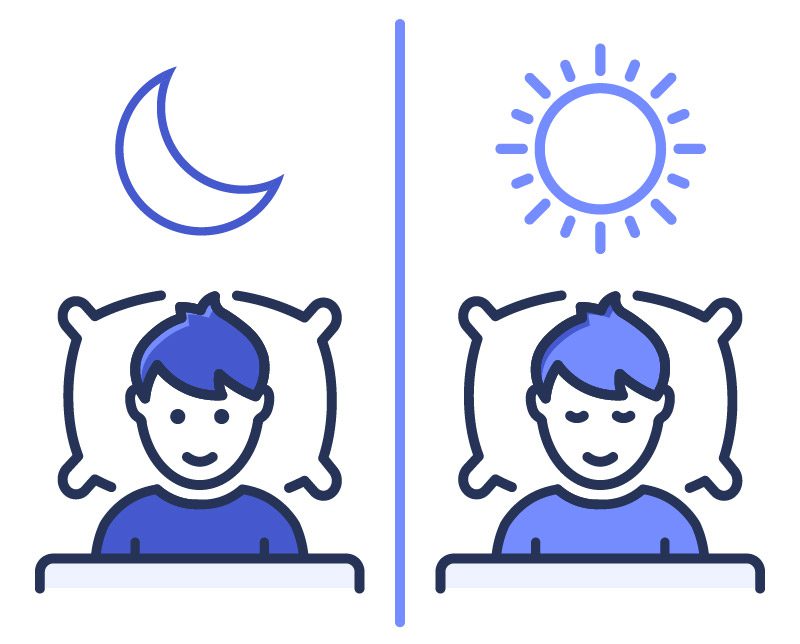
Delayed sleep-wake phase disorder and advanced sleep-wake phase disorder both involve normal sleep that occurs at an undesired time each day.
In delayed sleep-wake phase disorder (DSWPD), a person goes to sleep and wakes up much later than normal or than they would like to. A person who has DSWPD is a night owl to an extreme, which often means their desired sleep schedule conflicts with work or school obligations. As an example, someone with DSWPD may not easily fall asleep until 2 a.m. and may prefer to sleep in until 10 a.m. This can contribute to insomnia at the start of the night and excessive daytime sleepiness with a strong sleep inertia if trying to wake earlier. DSWPD is more common in adolescents and young adults, with up to 4.6% of them having the disorder, compared to up to 1.7% of adults.
In advanced sleep-wake phase disorder (ASWPD), a person goes to sleep and wakes up much earlier than normal or than they would like to. A person with ASWPD may go to bed earlier than what is socially acceptable, or force themselves to stay awake despite feeling tired. As an example, someone with ASWPD may fall asleep at 7 p.m. and may wake at 3 a.m. This can contribute to excessive sleepiness in the evening and early morning awakenings with secondary insomnia. Up to 7% of people may have the disorder, and it’s more common among older adults.
Irregular Sleep-Wake Rhythm Disorder
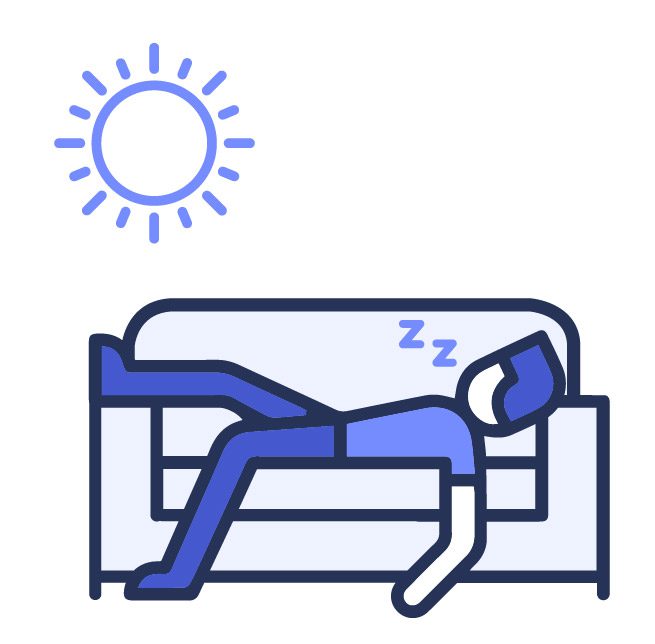
When a person has irregular sleep-wake rhythm disorder (ISWRD), they experience a chaotic sleep schedule that lacks a clear pattern. Instead of one long period of sleep at night, people with ISWRD usually sleep in short bouts spread out at unpredictable times across the day and night. People with ISWRD may struggle with daily life, due to the sometimes severe nature of the disorder, and need to sleep at inopportune times.
ISWRD most commonly occurs in people who have a neurodevelopmental disorder, traumatic brain injury, or neurodegenerative disease, like Alzheimer’s disease. That said, some people without any of these underlying disorders develop ISWRD as a result of unhealthy sleep habits.
Non-24-Hour Sleep-Wake Rhythm Disorder
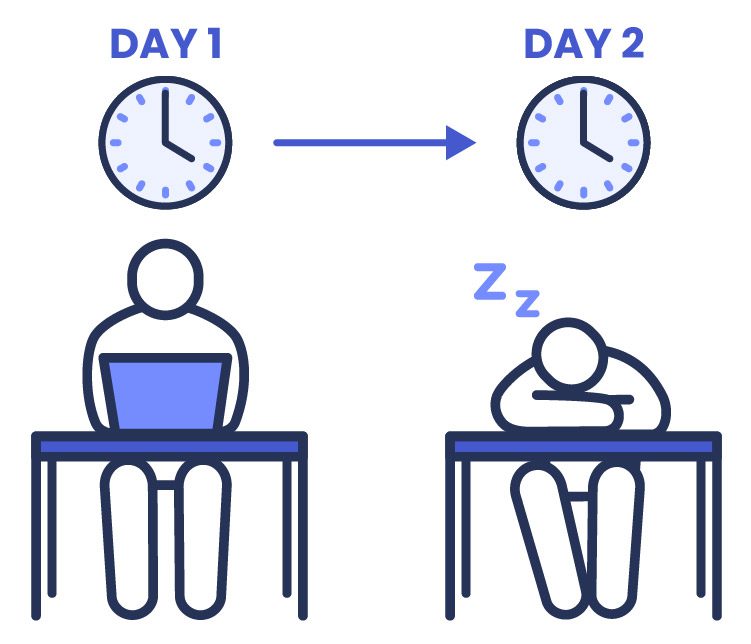
When a person has non-24-hour sleep-wake rhythm disorder (N24SWD), their circadian rhythm extends slightly beyond the regular 24-hour schedule. This extended circadian rhythm leads to bedtimes and wake times that move a little bit later each day. That means sometimes the sleep schedule of someone with N24SWD appears to be normal, but at other times, perhaps just weeks later, they get the bulk of their sleep during daytime hours.
N24SWD generally develops when a person’s circadian rhythm isn’t being properly regulated by external factors, like light exposure. Blind people who cannot perceive light are most likely to develop the disorder, since their circadian rhythms cannot be influenced by light exposure. Less commonly, the disorder develops in people who are sighted but have unusually long circadian rhythms.
Shift Work Disorder
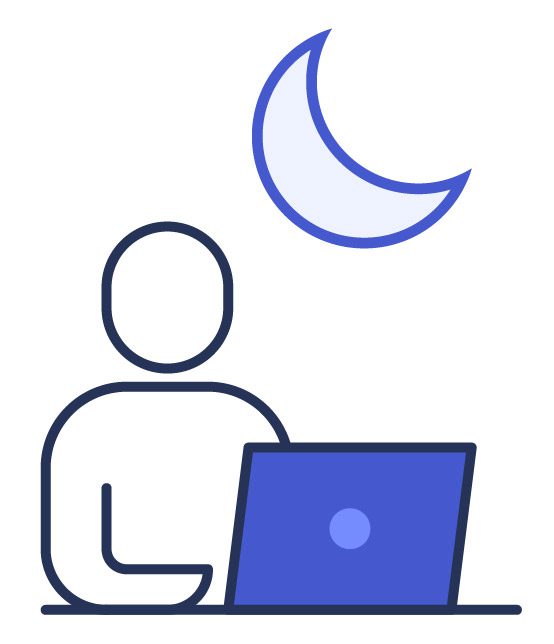
Shift work sleep disorder can develop in people who have to work a variable schedule or during overnight hours. With this disorder, a person’s circadian rhythm may not adjust to fit the unusual sleep-wake schedule their job requires. As a result, they experience symptoms like disrupted sleep with associated insomnia, tiredness, and the tendency to fall asleep at unwanted times.
Experts estimate that at least one-third of shift workers have shift work sleep disorder. The disorder can increase a worker’s risk of being injured due to an accident or getting in a car crash.
Jet Lag
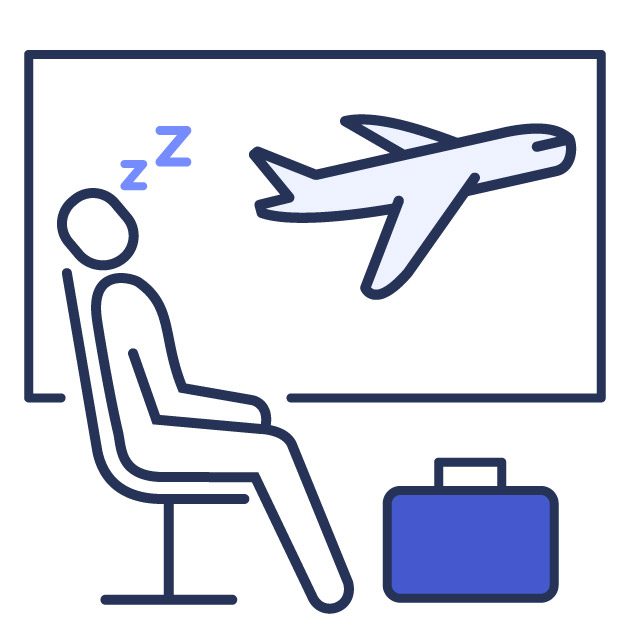
After traveling across multiple time zones by plane, a person’s circadian rhythm may take a while to adjust to the light-dark schedule in the new location. While their circadian rhythm is still aligned with the old time zone instead of the new one, a person is said to have jet lag. Jet lag may cause trouble sleeping with insomnia, excessive sleepiness during the day, decreased appetite, constipation, and a negative mood.
Jet lag is more likely to occur and may last longer after traveling east compared to traveling west. The more time zones crossed during travel, the longer a person will likely have jet lag. It may take one day to adjust for each time zone crossed. Some people may be more likely to experience severe jet lag than others.
Symptoms of Circadian Rhythm Sleep Disorders
When a person has one of the six circadian rhythm sleep disorders, they may experience any of a variety of symptoms. Which disorder a person has impacts which symptoms they are most likely to experience and when these might occur. These symptoms include:
- Excessive daytime or evening sleepiness
- Inability to conform to a regular sleep-wake schedule
- Sleep that interferes with work, school, or personal obligations
- Falling asleep at unplanned times
- Poor sleep quality or reduced quantity of sleep
- Difficulty falling asleep or waking up at desired times
- Trouble staying awake
- Waking up earlier or later than desired
- Impaired cognitive ability (i.e., attention, concentration, short-term memory)
- Stress and mood changes
- Digestive problems
Treatment of Circadian Rhythm Sleep Disorders
Treatment of circadian rhythm sleep disorders depends on the patient’s specific diagnosis. Most treatments emphasize the importance of good sleep hygiene, a healthy sleep environment, and a consistent sleep-wake schedule. Common treatment plans include:
- Bright light exposure: Exposing the eyes to bright light, whether via sunlight or a light therapy lamp, is often one of the first-line treatments used for circadian rhythm disorders. The best timing of this light exposure depends on which disorder a person has, with morning light exposure key to correcting a delayed sleep phase.
- A regular sleep-wake schedule: Going to sleep and waking up at the same time every day, regardless of work schedule and even on weekends or days off, can help a person maintain a consistent circadian rhythm. Sometimes, the ideal sleep-wake schedule has to be achieved by gradually shifting bedtimes and wake times before a person can then commit to it.
- Melatonin: Melatonin supplements are another common treatment for circadian rhythm disorders. The timing and dosage of melatonin depends on which disorder a person has and how severe it is.
- Caffeine and other stimulant medications: Although caffeine doesn’t help shift a person’s circadian rhythms, it can promote alertness when a circadian rhythm disorder causes excessive sleepiness. That being said, late-day caffeine use is generally not recommended for those with DSWPD. Prescription stimulant medications are also sometimes used by people with shift work disorder or jet lag.
- Strategic light avoidance: Just as light exposure can help reinforce a circadian rhythm schedule, so can avoiding light at strategic times. Avoiding digital devices and bright lights or wearing light-blocking glasses in the hours before a desired sleep time may help.
- Strategic naps: Taking naps at strategic times may help people with circadian rhythm disorders get enough sleep. Those with DSWPD should be careful about napping too late in the day, however. Naps taken too close to bedtime could backfire for this group.
- Safety practices: Since excessive sleepiness associated with circadian rhythm sleep disorders can lead to accidents or car crashes, people who have them should practice being safe at the times of day they feel least alert. That might mean avoiding driving or certain types of work during those times.
If you suspect you have one of these disorders, discuss treatment options with your doctor instead of self-treating.

Still have questions? Ask our community!
Join our Sleep Care Community — a trusted hub of sleep health professionals, product specialists, and people just like you. Whether you need expert sleep advice for your insomnia or you’re searching for the perfect mattress, we’ve got you covered. Get personalized guidance from the experts who know sleep best.
References
7 Sources
-
Goldstein, C. (2024 February). Overview of circadian rhythm sleep-wake disorders. In R. Benca & A. Eichler (Ed.). UpToDate.
https://www.uptodate.com/contents/overview-of-circadian-rhythm-sleep-wake-disorders -
Auger, R. (2024 February). Delayed sleep-wake phase disorder. In C. Goldstein, R. Chervin, & A. Eichler (Ed.). UpToDate.
https://www.uptodate.com/contents/delayed-sleep-wake-phase-disorder -
Sharkey, K. (2024, February). Advanced sleep-wake phase disorder. In C. Goldstein & A. Eichler (Ed.). UpToDate.
https://www.uptodate.com/contents/advanced-sleep-wake-phase-disorder -
Steele, T. A., St Louis, E. K., Videnovic, A., & Auger, R. R. (2021). Circadian Rhythm Sleep-Wake Disorders: a Contemporary Review of Neurobiology, Treatment, and Dysregulation in Neurodegenerative Disease. Neurotherapeutics : the journal of the American Society for Experimental NeuroTherapeutics, 18(1), 53–74.
https://pubmed.ncbi.nlm.nih.gov/33844152/ -
Abbott, S. (2024, February). Non-24-hour sleep-wake rhythm disorder. In C. Goldstein & A. Eichler (Ed.). UpToDate.
https://www.uptodate.com/contents/non-24-hour-sleep-wake-rhythm-disorder -
Cheng, P. (2024 February). Sleep-wake disturbances in shift workers. In C. Goldstein & A. Eichler (Ed.). UpToDate.
https://www.uptodate.com/contents/sleep-wake-disturbances-in-shift-workers -
Goldstein, C. (2024 February). Jet lag. In R. Benca & A. Eichler (Ed.). UpToDate.
https://www.uptodate.com/contents/jet-lag

